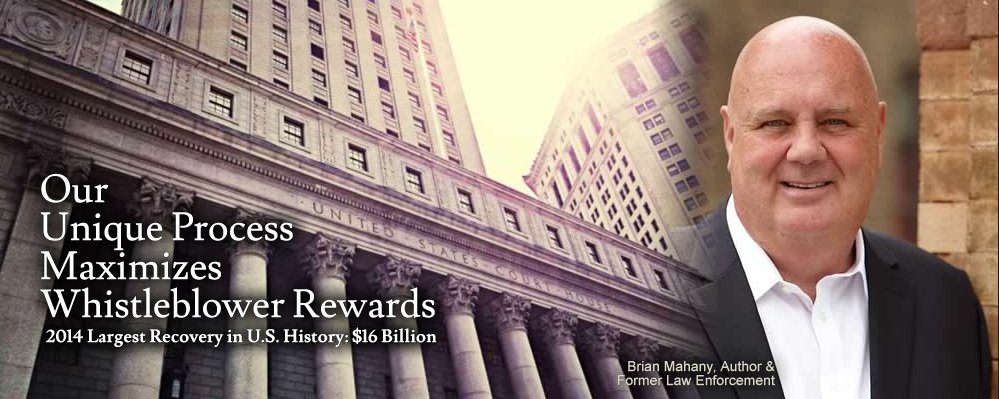Many baby boomers invested in TICs — tenant-in-common projects — between 2001 and 2007. Nearly a decade later, many of these folks are now finding themselves the victim of TIC fraud. How serious is the problem? Several shady promoters claim to have raised over a billion each.
An IRS ruling in 2002 opened the door for tenant in common projects. Revenue Ruling 2002-22 said individual investors could defer the profits from the sale of property by engaging in a “like kind” exchange of properties. The ruling said that up to 35 people could pool their resources and purchase a common property. These properties are frequently commercial office buildings and shopping centers. Looking for a safe and dependable return on their money and hoping to defer taxes from the sale of real estate, TIC projects became popular with older investors. Ten years later, rampant TIC fraud has given the industry a black eye.
Commercial real estate projects typically carry 5 to 10 year notes unlike a conventional 30 year home mortgage loan. Unfortunately, most of these projects were financed at the height of the market. Depending on the location, some projects are worth less than half their original purchase price.
Many projects failed because of fraud by the promoters. It wasn’t uncommon for promoters to skim 25% right of the top of a project. That means if you invested $100,000, only $75,000 actually was invested in the project. The rest went to various fees. To even break even, the property would have to increase in value by 33%. Instead, the market dropped.
If skimming fees off the top isn’t bad enough, several promoters engaged in outright fraud. Carlton Cabot and DBSI are both accused of defrauding investors. (The principals of DBSI have been indicted.)
In a few cases, the investors may even be liable for shortfalls or deficiency judgments if the property sells for less than is what is owed on it. That sounds crazy but in several instances, some promoters such as Cabot hid language in the investment documents containing personal guaranty clauses. Imagine not only losing your entire investment (frequently one’s life savings) but then being forced to write a check to the bank! Unfortunately that has happened.
Adding to TIC fraud woes is the fact that by its very definition, TIC projects have multiple owners. Getting 35 people together, many of the elderly, is no easy task. Individually, it is too costly for any one investor to litigate. Keeping a group together and achieving consensus is no easy task either.
If all this sounds depressing, there is some light at the end of the tunnel. TIC interests were often sold by stockbrokers and investment advisors. These folks usually have insurance and can be held liable for failing to conduct due diligence on the investment. Often they can also be held responsible because of technical violations such as selling interests to non-accredited investors.
The lender may also bear some responsibility, especially if the lender knew or should have known about the fraud. Obtaining damages against the lender in a commercial real estate deal is no easy task but it has been done.
TIC fraud has hurt seniors moe than any other segment of the population. The downturn in the economy has exposed most of the scams in the market, although we still see new ones.
If you are an investor and lost your money because of a TIC fraud, we may be able to help. We also have significant experience in working with groups of investors facing foreclosure or suits on personal guaranties. To date, we have represented dozens of TICs and understand the industry.
For more information, contact attorney Brian Mahany at or by telephone at (direct dial).
MahanyLaw – America’s TIC Fraud Lawyers. Services available in many jurisdictions.
Want more information? Our Due Diligence blog has a search engine located in the upper right hand corner. For more information on specific topics, just click the fraud recovery tab or type in the name of a particular topic in the search bar. We have posted hundreds of informative articles on our site.
Post by Brian Mahany, Esq.

